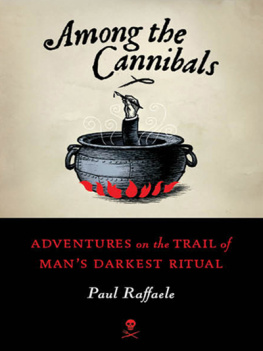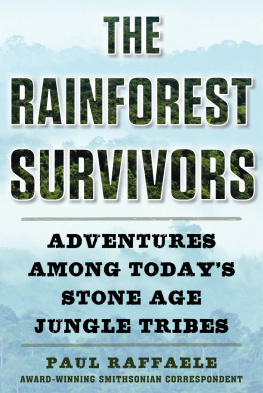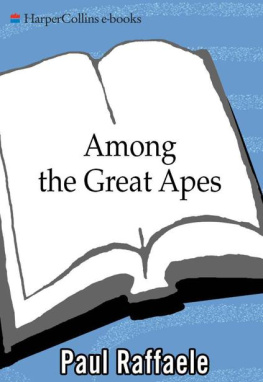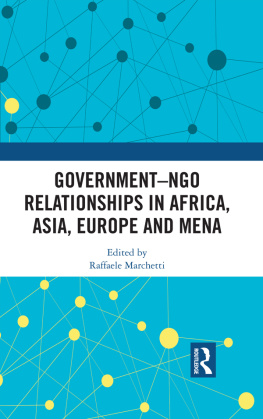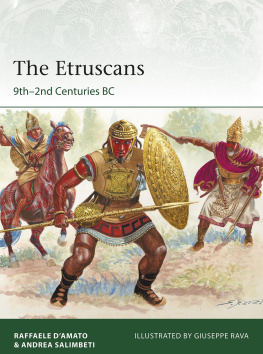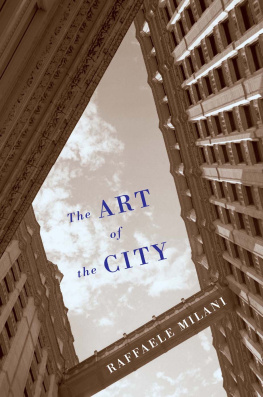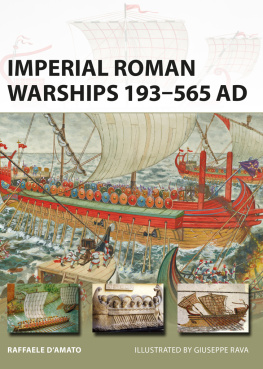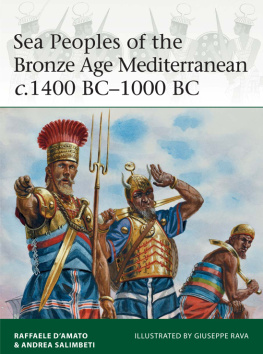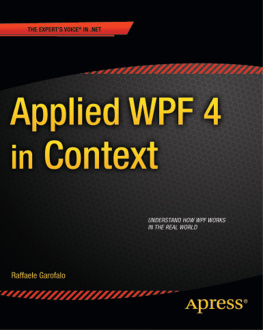C annibals: one of the most compelling, and repelling, words in the English language. Of all humanitys known taboos through the millennia, eating human flesh is the most repugnant and forbidding. And, yet, the enormous worldwide popularity of the books and movies about Hannibal Lecter, the cannibal monster, shows how we are drawn irresistibly to tales about this deep and terrible perversity of human nature. Few of us ever want to be cannibals, but most of us want to hear stories about them.
Cannibalism comes in several forms. There are countless morbid true stories of psychopaths like Lecter, deeply aberrant people who defied social custom by indulging their hunger for human flesh. Recent examples include the Japanese Issei Sagawa, who ate his Parisian girlfriend in 1981, and Marc Sappington in Kansas, who axed to death a sixteen-year-old boy, and ate part of his leg in 2001. Jeffrey Dahmer of Milwaukee, from 1978 to 1991, killed and ate seventeen men. He claimed that he liked them so much that he ate them so they would become part of him.
Not all cannibals are psychopaths. In many warrior societies, fighters honored or insulted those they had slain by eating their flesh in ritual feasts, while in some rural hamlets of China and also in some Amazon villages people ate the body parts of beloved relatives to remember them. The most prevalent role of cannibalism throughout history has been as a powerful and pivotal part of religious ceremonies, but the only form that has ever proved socially acceptable to outsiders has been lifeboat cannibalism. This arises from the fierce will to survive when starving during famine or warfare, or when lost on land or at sea. One famed example followed the aftermath of the plane crash in the Andes of Uruguayan Air Force Flight 571 in 1972, when surviving passengers stayed alive until rescued by eating the flesh of passengers who died. This formed the plot for a major book, Alive: The Story of the Andes Survivors , by Piers Paul Read, published in 1974 and released as a motion picture in 1993.
Cannibalism has likely been with us for almost as long as humans have walked the Earth, even though most cultures have made the eating of human flesh taboo and condemned it as evil and demonic. Worldwide folklore, oral traditions, sacred writings, anthropological narratives, war stories, urban police records, clinical psychological sources and tales of lost or helpless wanderers and explorers tell of cannibal peoples and cannibal events, wrote American anthropologists Christy and Jacqueline Turner in their book Man Corn . Cannibalism has occurred everywhere at one time or another.
Going back at least until Paleolithic times, tribal cannibalism lingered until two centuries ago in some isolated South Pacific cultures, notably in Tonga and Fiji. Remnant cannibal cults survive today, and this book is an account of my quest to seek them out. For decades I have wandered the remote reaches of our planet, making journeys to the edges of the world, to be with tribes such as the Korubo of the Amazon and the Dani of New Guinea, tribes that appear to have changed little over thousands of years. Within a generation or two most of these cultures will disappear into the globalized monoculture, thrust into oblivion by the enormous appeal of Western ways once exposed to them.
It was on this search a decade ago that I encountered a tribe of treehouse-dwelling cannibals deep in a remote New Guinea rainforest on the much wilder Indonesian western side of the island. They call themselves the Korowai and they inhabit one of the worlds most pestilent jungles, about one hundred miles inland from the Arafura Sea. It is not far from where Michael Rockefeller, son of Nelson, disappeared in headhunter and cannibal territory while collecting funerary totem poles for the Metropolitan Museum of Art almost five decades ago.
My first visit had been brief, as my Korowai guide would not take me beyond the pacification linethe line separating the Indonesian-controlled territory that was once under the influence of Dutch colonialism, and the area in which the Korowai practice a shocking form of ritual cannibalism. My guide knew of the tribesmens threat to kill any outsider who dared enter their territory, and so he would not take me any further inland than his treehouse near a government settlement. This time I have gone beyond the pacification line in an effort to meet Korowai, who are among the last tribal cannibals on Earth, and to ask them why they eat each other.
I have visited several continents and large islands on the quest. In India the holy men of an ancient Hindu sect are fervent cannibals. They live at the cremation ghats by the sacred river Ganges in the holy city of Benares, and eat charred human flesh from the pyres as a demonstration of their saintliness. I went on to Tonga in the South Pacific where cannibalism is no more, but where until recently the kingdoms fierce giant warriors ate the flesh of their slain enemies. The Tongans even lined up Captain James Cook for the steaming oven when he sailed into their waters two and a half centuries ago.
In these three places the man-eating is and was condoned and even encouraged by their communities for specific, and, to them, honorable reasons. The Korowai kill and eat devil-men who haunt their treehouses, and they like the taste. The Tongan warriors humiliated slain foes by eating them, and they also liked the taste. The Hindu holy men use cannibalism as a way of reaching spiritual enlightenment, and even they are partial to the taste.
But I also traveled to Uganda, in eastern Africa, where cannibalism stemmed from a rebel leader more demonic than Hannibal Lecter. He has forced hundreds of boys and girls as young as six to eat human flesh after abducting them at night from their villages. The result is deep shame for a sickening purpose, to alienate the children forever from their families. The leader turns the boys into soldiers and the girls into sex slaves for his troops.
My last stop was Mexico where the sixteenth-century Aztecs have a deserved reputation for practicing mankinds most repulsive habit, even though they were a people of high artistic achievement. The Aztecs were enthusiastic cannibals, barbaric aesthetes. Central to their view of the world was the horrific need for daily human sacrifice and occasional cannibalism. In and around the great temple Tenochtitln, at the center of what is now Mexico City, countless thousands of men, women, and even children were sacrificed to the Aztecs bloodthirsty gods and then partially eaten.
Just thirty miles to the northeast is the mysterious two-thousand-year-old pyramid complex of Teotihuacan, where the genesis of much of Mesoamerican culture was sparked. I met a Mexican physical anthropologist who examined piles of human bones from fifteen-hundred-year-old garbage dumps there seeking to prove or disprove the traditional belief that the Teotihuacans were not cannibals. In diligently stripping away the flesh of cadavers in his laboratory with Aztec-style obsidian knives he has seen a marked similarity to butchers cut marks on the ancient human bones.
There is more to my quest than just an adventurers wanderings. In 1979, American anthropologist William Arens published a book, The Man-eating Myth: Anthropology and Anthropophagy , which immediately became highly influential in the often hostile tribal-and-ritual-cannibalism debate. Arens argued strongly that tribal and ritual anthropophagyman-eatinghad never existed: I have been unable to uncover adequate documentation of cannibalism as a custom in any form for any society. Rumors, suspicions, fears and accusations abound, but no satisfactory first-hand accounts.

